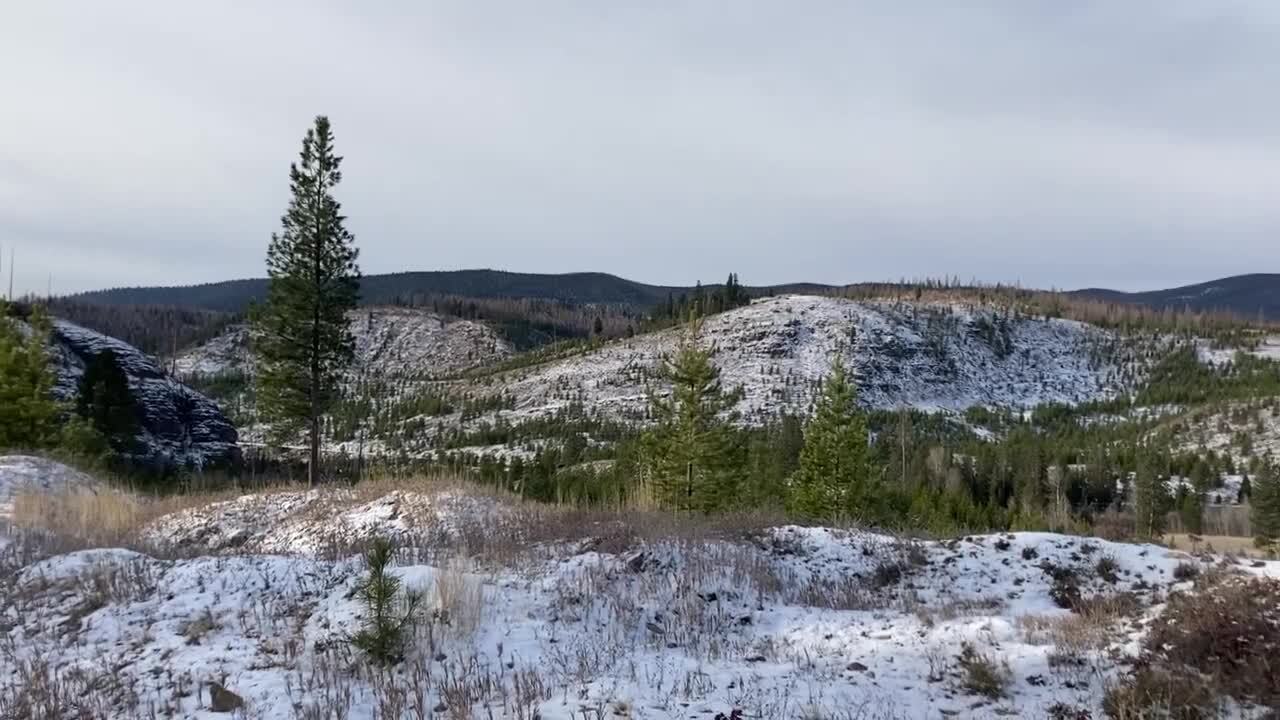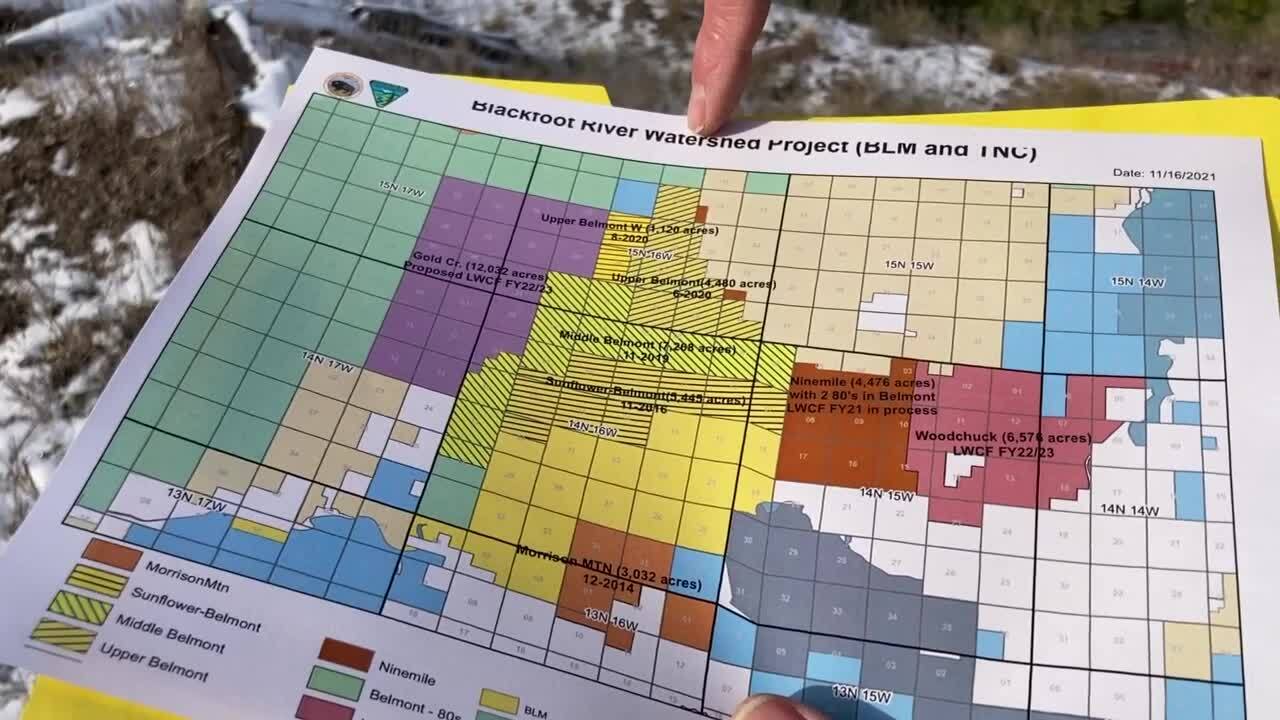POTOMAC — A forest that's vulnerable to fire and disease is getting a reset.
The Bureau of Land Management (BLM) is implementing new strategies of forest recovery within the Blackfoot River watershed near Potomac where logging once took place.
“These areas had a lot of large diameter ponderosa pine that was extremely valuable for making plywood," BLM Missoula Field Office Forester Kyle Johnson told MTN News.

Throughout the 20th century, the area was extensively logged but now, using a little bit of forensics — and existing timber markets — the land is being returned to more of a natural state.
“These lands were being managed industrially, and the most economic way to cut timber largely is the clear cut," Johnson explained.
Clearcutting — or removing every tree from an area — made the leftover tree seedlings regenerate at the same time.
The Gold Creek area of the lower Blackfoot corridor, now resembles more of a farm than a forest, as the trees are all about the same size and species.

After several iterations of private industry ownership, the land was sought after to become public once again.
“The BLM in the early 90s started working together with The Nature Conservancy to put together a plan to try and return these areas into public ownership," Johnson said.
Since then the BLM has acquired 20,000 acres, with more to come but what’s left behind, is a vulnerable forest.
“From a fire standpoint, as well as from an insect and disease standpoint, all of these trees become susceptible at the same time," Johnson said.

“Fires have been getting more intense as the years have gone on due to changing climactic conditions, and they've also burned bigger areas and fire season has been going on for longer," agreed BLM Supervisory Forester Jodi Wetzstein.
To confront this, these BLM foresters are using a multi-layered forest recovery strategy with the help of some locals.
“If this was done, we wouldn't have such large spread fires. But if you don't manage the timber...you're gonna have the fire because Mother Nature will manage them," logging contractor James Stoker told MTN News.
James and his brother Mike Stoker are brothers and have worked in the timber industry for some time. They’re the ones BLM contracted with, through Hatt & Son Logging, to thin out these forests.

Now here’s where the forensic forestry part comes in. In order to move this forest forward in recovery, you need to investigate the past.
By measuring the distance between stumps, and evaluating the age of trees, it’s determined what the landscape likely looked like prior to industrial times.
The strongest trees left behind then create a regrowth blueprint. This mapping generates a more natural landscape that encourages resilient tree colonies and manageable fire conditions.
There’s an additional piece to this strategy, the Stoker’s highlighted — functioning markets to sell the lumber products.
"You have to have markets and the more you have, the more options you have to send wood," James Stoker said.

Selling the leftover wood supplements restoration costs to the federal agency, reducing the amount of tax dollars spent. Wetzstein says the cost of this "Cow Saddle Terrace" project is offset by selling extracted logs to existing lumber markets.
The BLM foresters estimate this project costs the federal agency just $60 dollars per acre as opposed to a range of $700 to $1500 for normal recovery strategies.
All while the forest gets a reset.
"But now here we are, managing it for future generations and it just feels right," Wetzstein said.




